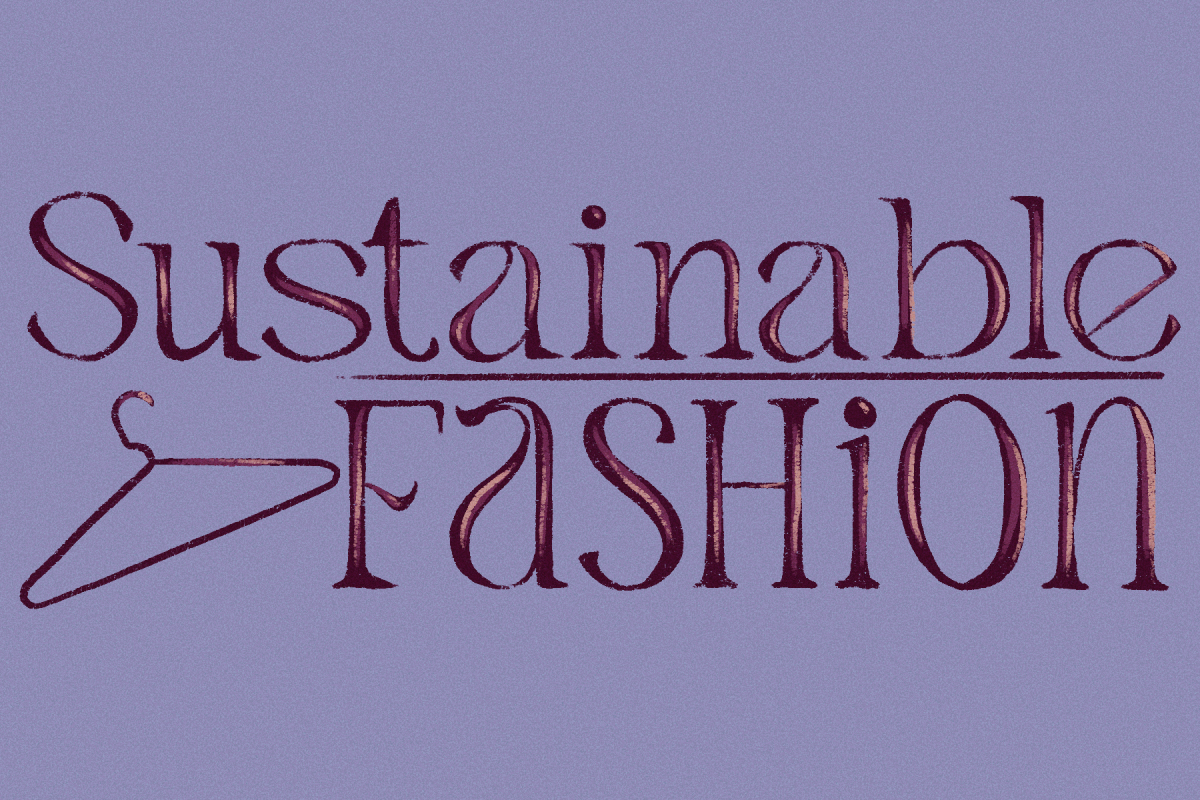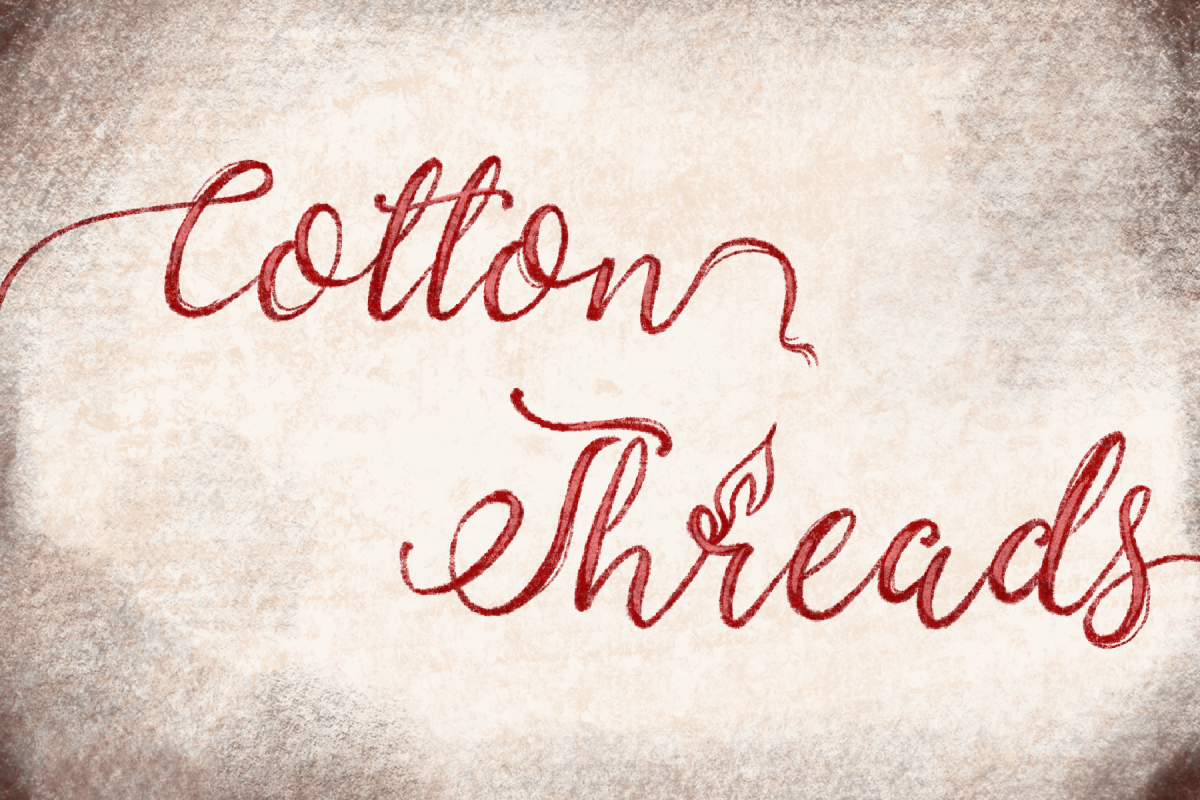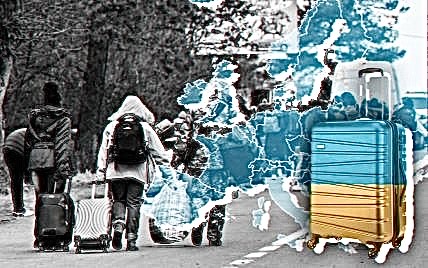Does this situation sound familiar?
You just bought new clothes last month but already they’re out of style, damaged, or don’t fit like you thought. So what do you do?
Well, you beg your parents to buy you new clothes again. They hand you some money and you go to the mall with your friends excited about what you’ll find. After hours of shopping you return home overjoyed to show your mom what you bought. However, mere days later you’re dissatisfied with your wardrobe yet again.
If this sounds like you, you’re feeding into the harmful phenomenon of fast fashion. Before we get to that, though, we should establish what fast fashion really is.
Fast fashion is the quick cycle of clothing. This speed comes as a result of fast production and quick shipping by companies like Shein and Amazon.
Despite all this, fast fashion isn’t as nice as it sounds. Based on an article written on British D’sire, fast fashion is made up of a variety of pros and cons. Fast fashion is good in that it’s more affordable, easily accessible, helps the economy, and allows for fashion experimentation. Unfortunately with this comes lots of waste, unethical labor, and harm to the environment.
You may have heard a lot about unethical labor recently with the Tik Tok conspiracy about who really makes Shein’s clothing. Many creators shared videos where clothes they’d supposedly just opened had messages from children begging for help. Now whether or not that specific Shein situation was real or not is yet to be concluded. However, the fast fashion ethical crisis is certainly a reality. According to a report on Fashion Dive, Shein workers get as little as 842 USD monthly for 75 hour weeks.
If you’re one of the people still reading this who wants to combat this issue here’s what you can do.
Repairing old, damaged clothes
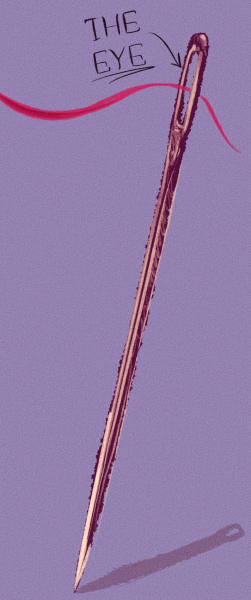
Clothing repairs at first sound intimidating but you can make things very easy on yourself. A large portion of clothing damages are seen on the seams of clothes. This would be like a hole on the side of your shirt where the two sides line up. Many people would see the hole and just throw it away but with a simple needle and some thread you can quickly repair the garment. Here’s some steps in order to repairs seam damage to clothing:
- First, prepare the needle and thread. You take the thread and unwind a little more than you think you need. Then take the thread and put it through the eye of the needle, the eye is the hole in the needle at the top. This might take a few tries but dipping the tread in a bit of water at the tip could help narrow the thread so you can thread the needle. Now that the needle is threaded pull the thread until you have a double sided length of thread.
- Now take the item you’re repairing and flip it so it’s inside out.
- Take your needle and pass it through both sides of the fabric just above the hole. In order to make sure your sewing stays you can go over it a couple more times or tie a knot.
- Now you can continue weaving the needle through the fabric working your way towards the bottom of the hole.
- Once you reach the bottom repeat whatever method you used to save your work at the top of the hole (step 4).
- Finally you can turn your garment back to right side out and check your work.
For more detail here’s a great video on how to sew clothing on the seam.
If you have less common damage to your garment there’s tons of videos on YouTube that go into great detail about ways to repair clothes. Even if you don’t think that it’s worth your time to repair one item you should try anyways because it’s good practice and sewing is a very good skill to have when you want to keep your favorite item.
Customize or Renewing Your Clothes
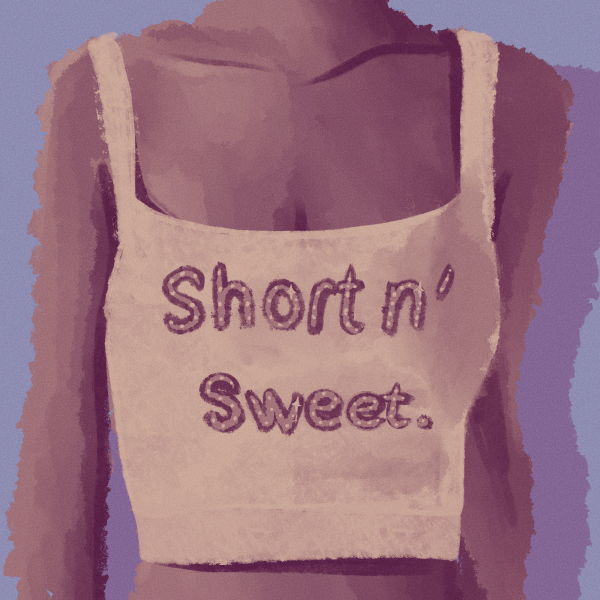
Customizing clothing has picked up quite a bit of popularity in the past few years with many concert goers making unique t-shirts for tours like the Guts World Tour and The Eras Tour. Some of the common choices for customization that we saw with those tours were iron on patches or using things like E-600 glue to add other embellishments to clothes. Also more skillful options like embroidery can make old clothes look new and expensive. Embroidery by hand takes lots of practice but you can also rent embroidery machines at Jo-Ann Fabrics which can turn any vector image into embroidery. If you’re interested in other customization options here are some you can find in craft stores.
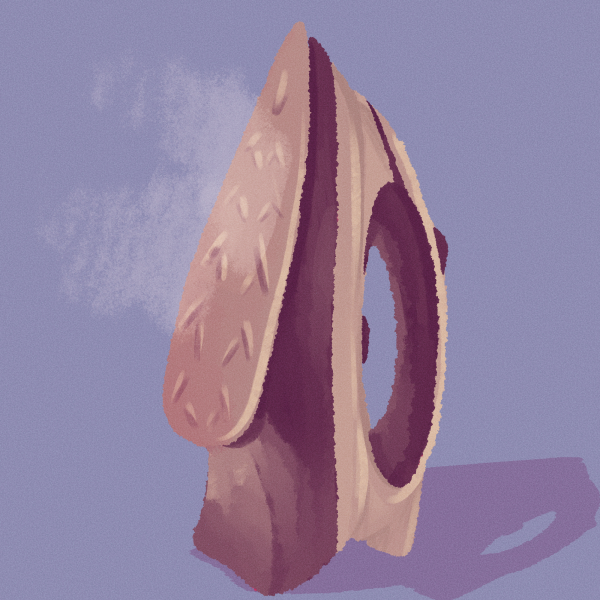
- Iron on paper that you can print your own image onto
- Fabric paint. If you’re not super skilled with paint you can use stencils or trace to get your design just as you like it.
- Sewing on beads, sequins, lace, ribbons, or buttons.
- Rite dye which can be used to add color gradients or whole new color to a garment.
- Adding ribbons that you can remove
- Cutting clothes to have a different fit. (Sewing depending on the fabric could be optional)
Buying Used Clothes
Thrift stores and E-bay are re-emerging as a common shopping practice for many. Buying used provides you with many unique clothing items while also keeping clothes out of the landfill. However, not everything at thrift stores will appeal to you so here are some tips for shopping at thrift stores.
- Shop Early: Thrift stores will tend to put more items on the racks when people aren’t at the store so by getting there early you have a better chance to get things that would get snatched up by other customers.
- Check the items you buy: Thrift stores get so many items that it’s difficult to do a perfect job inspecting the clothes. So to avoid buying clothes with holes that you can’t return check everything you have BEFORE you buy it.
- Try on new things: Don’t just gravitate to what’s trendy or what you typically wear, often enough your favorite finds can be ones you would normally overlook.
- Avoid Impulse Buying: Don’t buy something just because of the brand or price. This will tend to leave you with a bunch of stuff you don’t actually like and make you less inclined to return to the thrift store.
- Go to lots of thrift stores: Changing up what stores you visit will allow you to see what thrift stores tend to have inventory you like.

Image created by Faith Price - Wash EVERYTHING you buy: While it’s just a precaution some people donate clothes that have been sitting in a closet for a long time and you want to make sure you clean it before wearing. If not you could end up wearing musty smelling clothes or end up with bed bugs.
- If you find that a thrift store is dirty all the time don’t go: Again bed bugs are a big risk that isn’t worth taking.
- Try going to higher end thrift stores like Plato’s Closet: Stores like Plato’s check everything before they accept it in their stores and they won’t accept anything that’s way out of style.
- Finally, have fun: At the end of the day it’s really not that serious if you can’t find anything you like.
Now that you’ve learned all about sustainable fashion what will you be trying?

